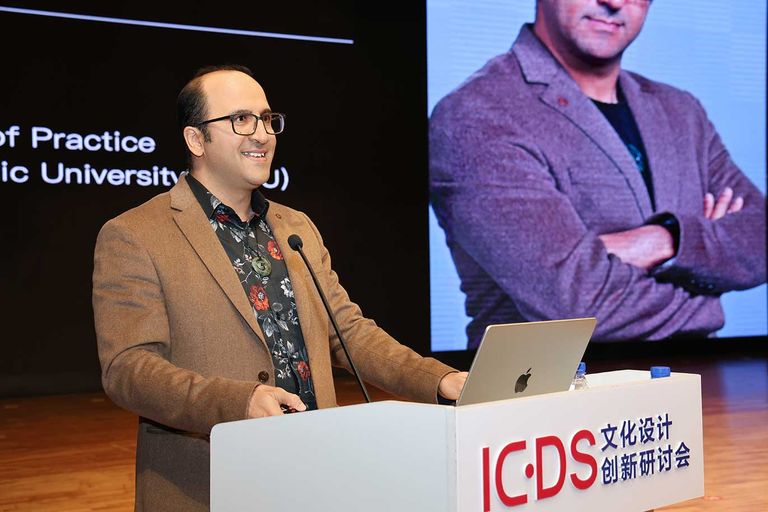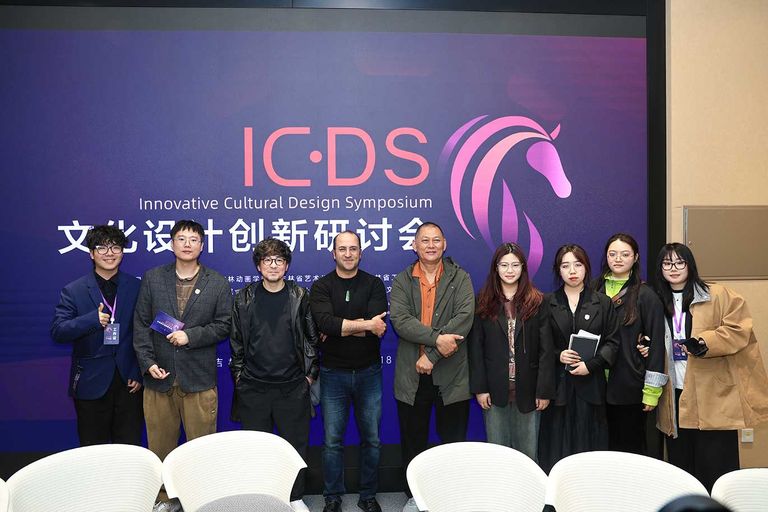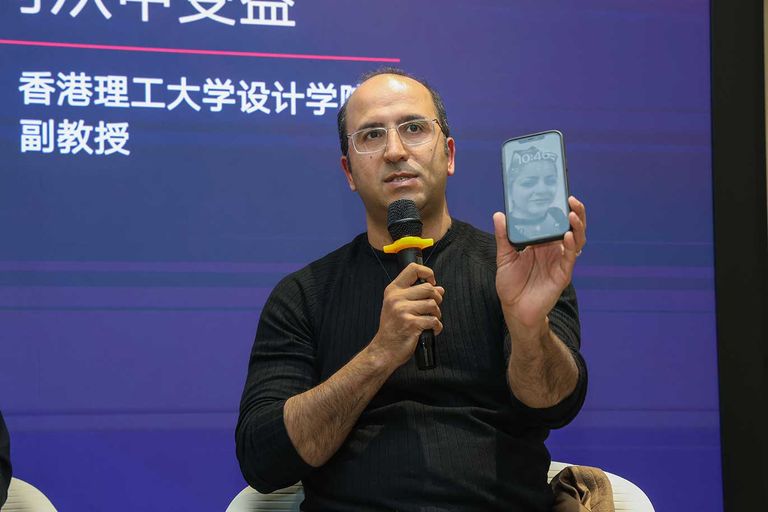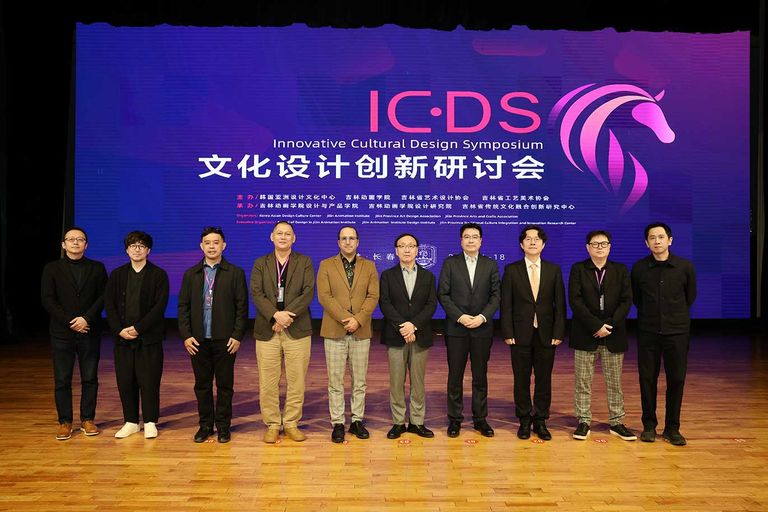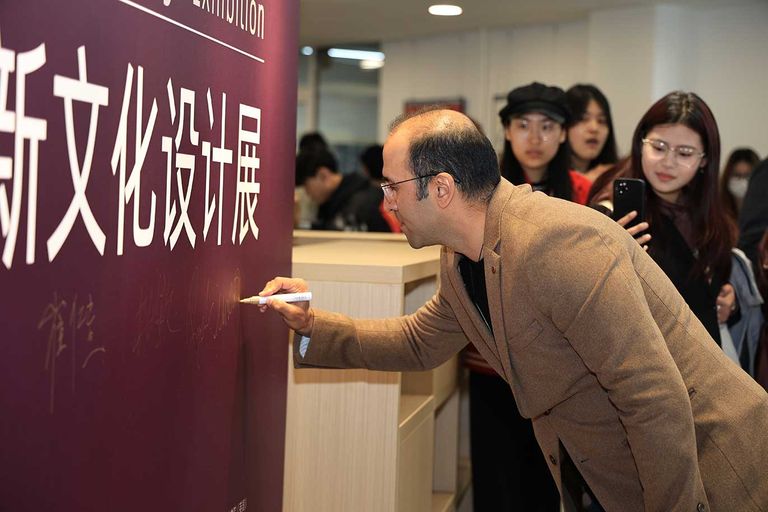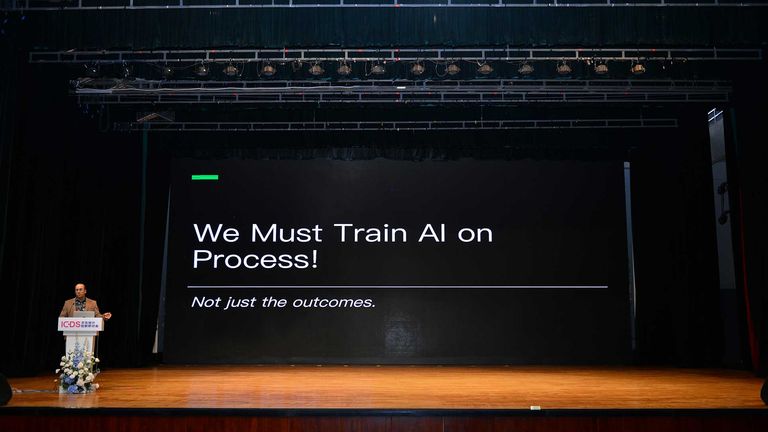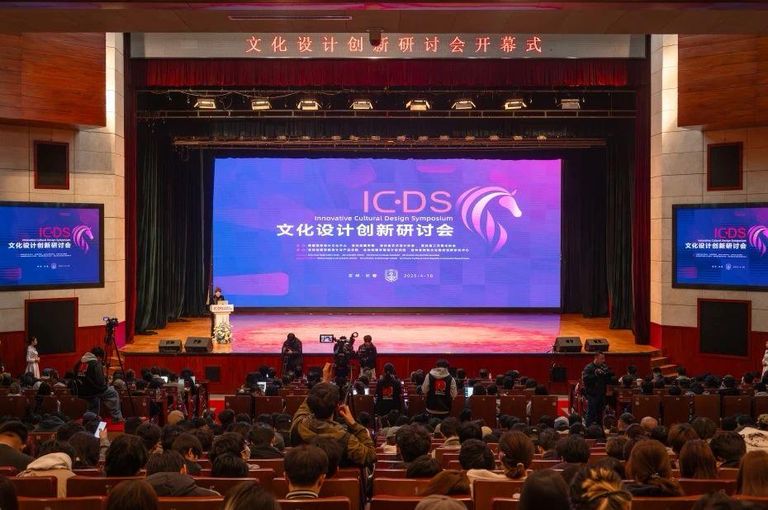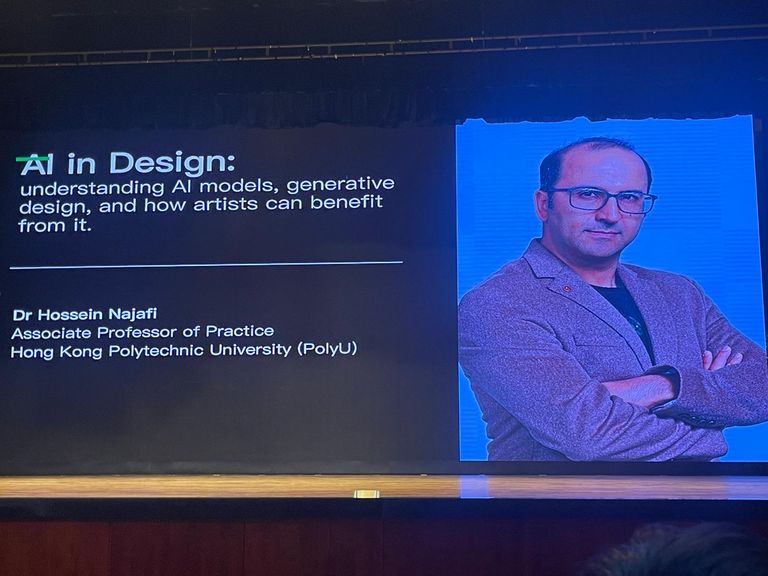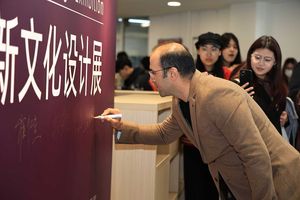
Keynote Speaker at JAI's "Innovative Cultural Design Symposium"
As the keynote speaker at the Jilin Institute of Animation's Innovative Cultural Design Symposium, I delivered a comprehensive presentation focused on the evolving role of artificial intelligence in the fields of art and design. My talk, titled AI in Design, was built on the central idea that AI is not here to replace designers but to transform how they work, think, and create. I opened with a strong position: AI is not a designer, it is a highly capable assistant that, when used critically and creatively, can become an invaluable part of the design process. This is not the first time the creative world has faced a technological shift, and certainly not the last. Just as the introduction of oil paint, synthetic pigments, photography, and computer animation altered the trajectory of visual culture, AI is now pushing us into another major chapter. However, these changes do not eliminate the role of the artist or designer, they redefine and expand it.
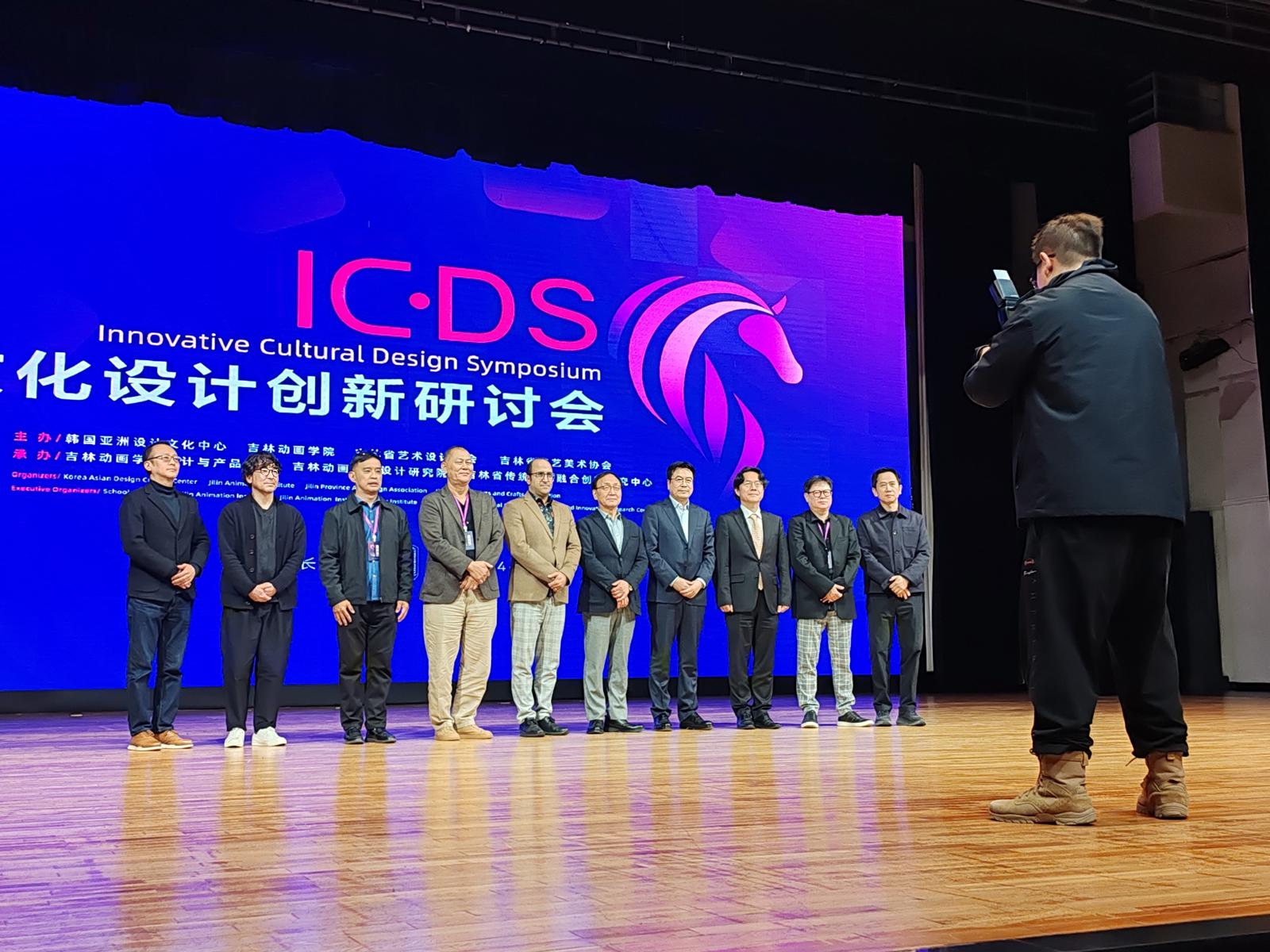
To ground this argument historically, I revisited key moments of transformation in art. From the frescoes of Michelangelo to the invention of oil painting criticized by some of his contemporaries, I illustrated how every medium once challenged the status quo before being absorbed into mainstream practice. I showed how synthetic dyes, such as Tyrian purple, once valued at over 3000 dollars per gram, were later democratized by chemical breakthroughs. I referenced how photography disrupted traditional portraiture in the nineteenth century, famously leading painter Paul Delaroche to declare, “From today, painting is dead.” But, of course, painting did not die, it evolved. We saw the birth of Impressionism, Cubism, Futurism, and abstraction. Artists were not erased by technology; they were liberated by it. And this same process is now unfolding with the rise of AI tools in creative industries.
One of the pivotal parts of my talk was a discussion of Harold Cohen, the first artist to build an AI drawing program in the early 1970s while working at the Stanford AI Lab. Cohen was not trying to automate art; he was trying to understand it more deeply by codifying the act of drawing itself. This work paved the way for future generations to experiment with code, algorithms, and eventually, generative adversarial networks. I traced the evolution of text-to-image systems, from early classifier experiments to the now-familiar process of generating images through natural language prompts. These models do not simply repeat learned styles, they become creative when they deviate from what they were trained on, increasing what researchers call the arousal potential of their outputs.
Crucially, I argued that we must move beyond training AI models on outcomes alone and instead focus on training them on creative processes. To illustrate this, I compared outcome-based thinking with the artist Francis Bacon’s studio practice, where the mess, experimentation, and chaos of the process were essential to the final work. Bacon’s studio, famously reconstructed at the Hugh Lane Gallery in Dublin, is a testament to the value of process over polished result. This philosophy must extend into AI education and development. We need to teach AI to follow human patterns of iteration, reflection, trial and error, not just to generate polished outputs on demand.
I also presented the work of contemporary creatives like Damian Gascoigne, who collaborates with AI not as a passive tool user but as a process-driven instigator. Gascoigne’s project at the Powerhouse Museum involved creating custom datasets from Victorian-era magic lantern slides and using generative models to reinterpret them through random text prompts. The key insight here is that the creative potential of AI grows when artists define their own datasets and use the models in unfamiliar, disruptive ways. Gascoigne and his collaborator Lienors Torre approached AI not as a replacement for human creativity, but as a way to challenge, question, and explore visual language.
Another point I emphasized was the ethical and social responsibility of designers in the age of AI. The use of advanced tools does not absolve a designer from being accountable for what they create. We still must ask: Is this design meaningful? Does it function well? Does it solve a real problem? Does it improve the experience of others? Is it ethical and honest? Is it innovative or simply derivative? These are not questions a model can answer for us, they remain squarely in the human domain.
I closed my keynote by reinforcing the idea that design is not an isolated product of a lone genius. It is a collective and emergent process shaped by experience, context, tools, and interaction. AI is just the latest in a long chain of collaborators that extend human capability. In these contested and uncertain times, process must remain our anchor. Creative education, especially in art and design, should emphasize experimentation, critical thinking, and iterative development over perfection or instant output. At institutions like the Hong Kong Polytechnic University, where I serve as Associate Professor of Practice, we are committed to helping students and professionals engage with these questions seriously. That vision also informs our work at the PolyU and NVIDIA Joint Research Centre, where design and AI intersect not just in technical innovation but in ethical and cultural inquiry.
This keynote was not simply about technology, it was a call to artists and designers to reclaim authorship in an era of automated systems, to remain deeply engaged with the process, and to treat AI not as a threat but as a creative challenge that demands more from us, not less.
